The compelling assembly of photographs illustrates the concept that numerous species of animals prefer gathering in large groups as a defense mechanism against predators. Whether it is large congregations of zebras or expansive colonies of penguins, these animals do not show reservations concerning the issue of maintaining personal distance. Often observed during large-scale migrations, these massive gatherings of animals are a common sight across various nations, where they cluster together for the purpose of self-preservation.
Defensive Mechanisms in Animal Kingdom
The animal kingdom is filled with various defense mechanisms designed to ensure the survival of individual species. One of the most fascinating aspects of animal behavior is the tendency to form large groups as a method of protection. For instance, fish often form schools, birds flock together, and mammals like zebras and wildebeests form large herds. This collective behavior serves to disorient predators and reduces the likelihood of any single individual being targeted.

The Importance of Herding
Zebras, native to Africa, often form enormous herds, especially during the migration season. They usually roam the African savannas and grasslands, areas characterized by a tropical climate. These large herds often contain hundreds or even thousands of individuals and serve as a significant deterrent against predators like lions and hyenas.
| Information | Details |
|---|---|
| Continent | Africa |
| Climate | Tropical |
| Population | ~750,000 (estimated) |
| Predators | Lions, hyenas |
Penguins and Colonization
Penguins, predominantly found in the Antarctic region, also demonstrate this behavior. They form massive colonies, particularly during the breeding season. This large-scale gathering benefits them by providing collective warmth in the freezing temperatures and also makes it difficult for predators such as sea lions or birds of prey to single out an individual.
| Information | Details |
|---|---|
| Continent | Antarctica |
| Climate | Polar |
| Population | Varies by species |
| Predators | Sea lions, birds of prey |
| Official Languages | None (Antarctica is not a country) |
| Currency | None (Antarctica is not a country) |
| Religion | None (Antarctica is not a country) |
Mass Migrations and Safety Measures
During mass migrations, the formation of these large groups becomes even more prominent. These migrations are typically driven by seasonal changes, availability of food, or mating cycles. Whether it’s the Great Wildebeest Migration in Africa or the seasonal journeys of birds across continents, these large group formations are critical for the safety and survival of these species.
Worldwide Phenomenon
It’s not only in Africa or Antarctica that you can witness these incredible gatherings of animals; this is a phenomenon observed globally. From the murmurations of starlings in Europe to the schools of fish in the Pacific Ocean, animals from different continents and ecosystems participate in this collective behavior.
| Continent | Common Animals That Form Groups | Primary Reasons for Grouping |
|---|---|---|
| Africa | Zebras, Wildebeests | Migration, Protection |
| Antarctica | Penguins | Breeding, Warmth |
| Europe | Starlings, Fish | Feeding, Protection |
| Asia | Locusts, Elephants | Migration, Protection |
| North America | Bison, Birds | Migration, Protection |
| South America | Capybaras, Fish | Social Structure, Protection |
| Australia | Kangaroos, Fish | Social Structure, Protection |
The Role of Personal Space
In such groupings, the notion of personal space often takes a backseat. The need for survival often outweighs the individual requirement for personal space. The density of these groups often serves to deter predators, as a large mass of moving animals becomes too complicated for a predator to single out an individual target effectively.
Scientific Research and Future Implications
Studies on this behavior in animals provide valuable insights for conservation efforts, as understanding these group dynamics helps in predicting movement patterns and thus can be crucial for the protection of endangered species. Moreover, this natural tendency among animals to form groups for mutual protection opens avenues for research into behavioral ecology, understanding how animals adapt their behavior to enhance their chances of survival.
In summary, the compelling visual evidence from various photographs showcases the tendency among many species to form sizable gatherings as a means for self-defense. While commonly observed during periods of mass migration, these large-scale congregations are a global phenomenon, transcending continents and ecosystems. These gatherings not only serve as a defense mechanism but also provide significant data for scientific research, further emphasizing their importance in the animal kingdom.
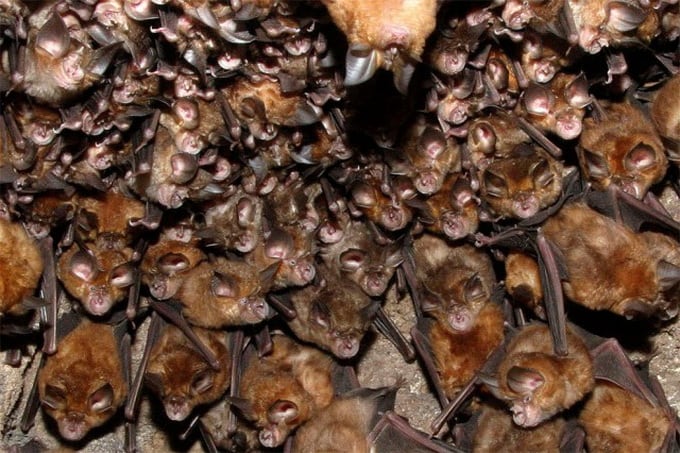
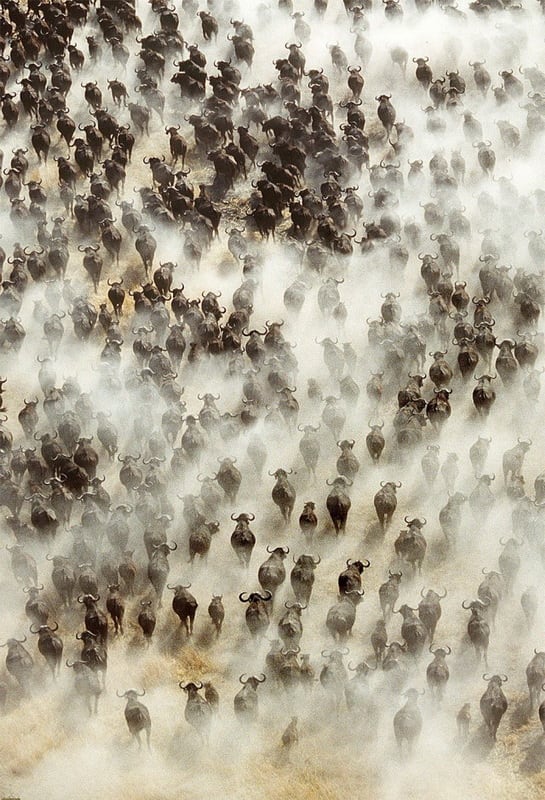
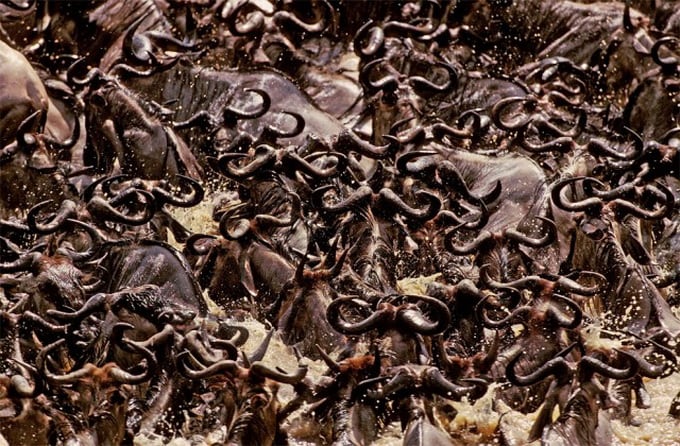

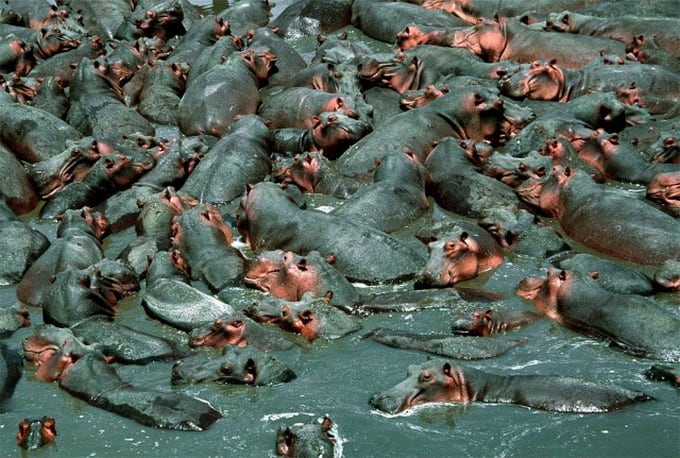
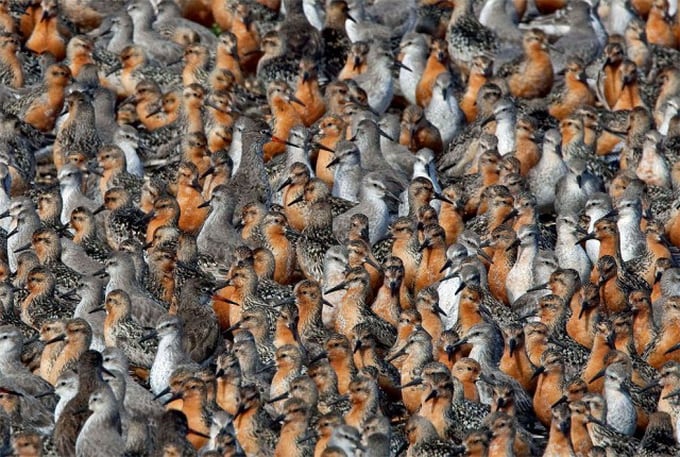
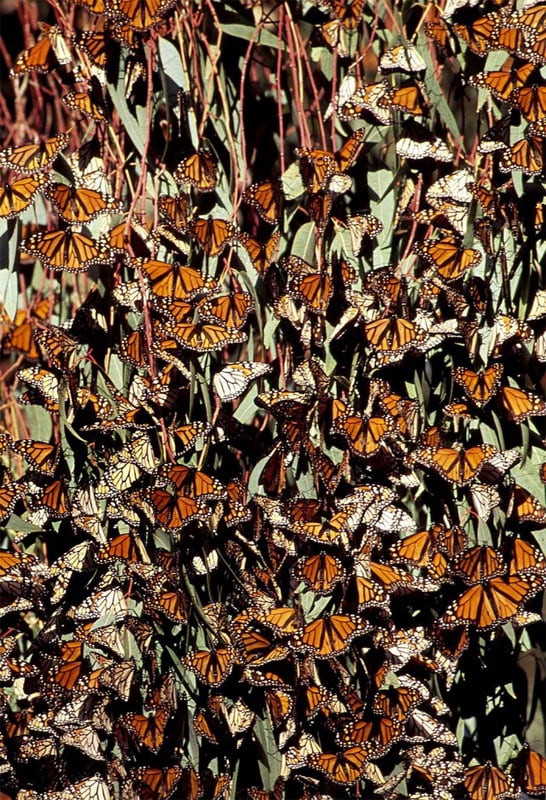
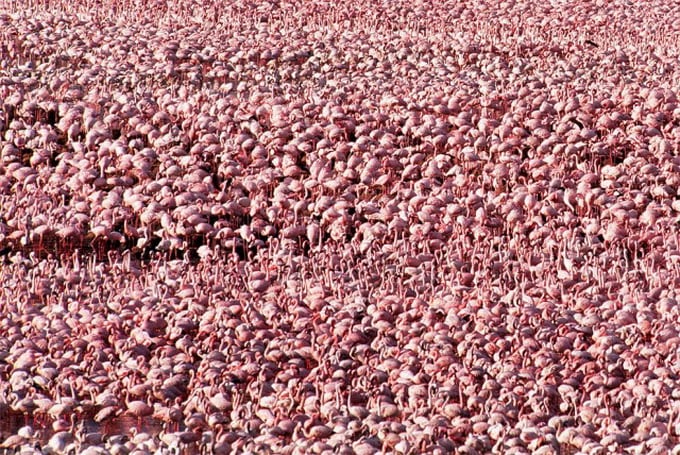
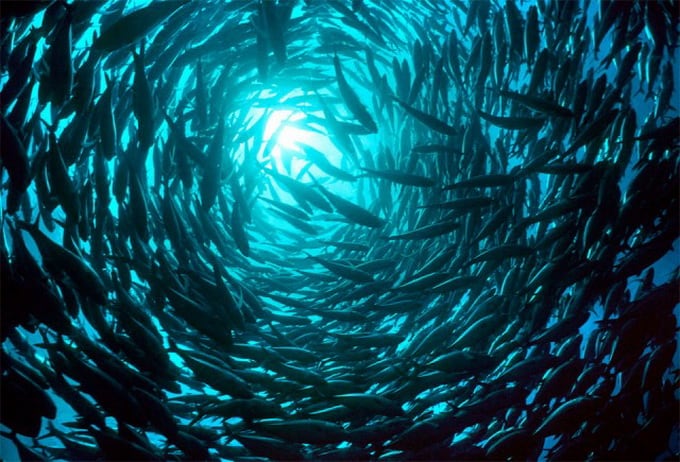
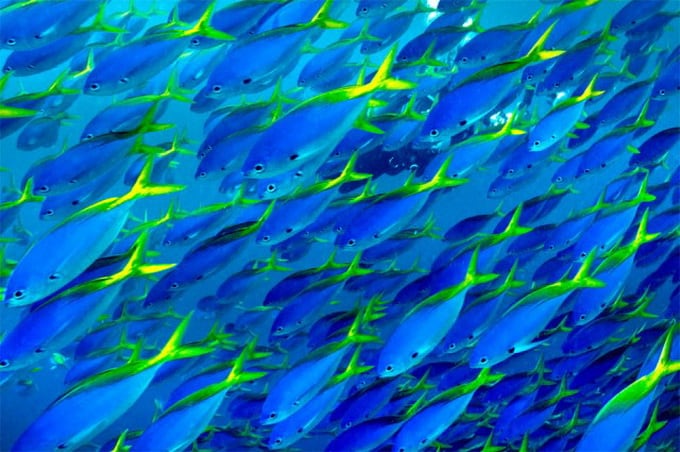
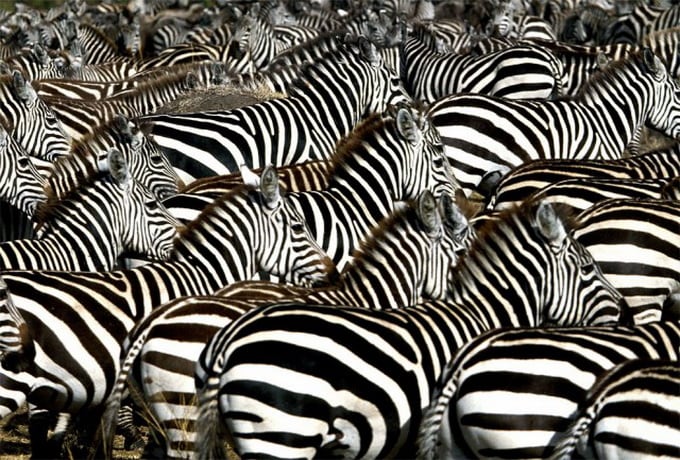
Source: http://www.express.co.uk/
